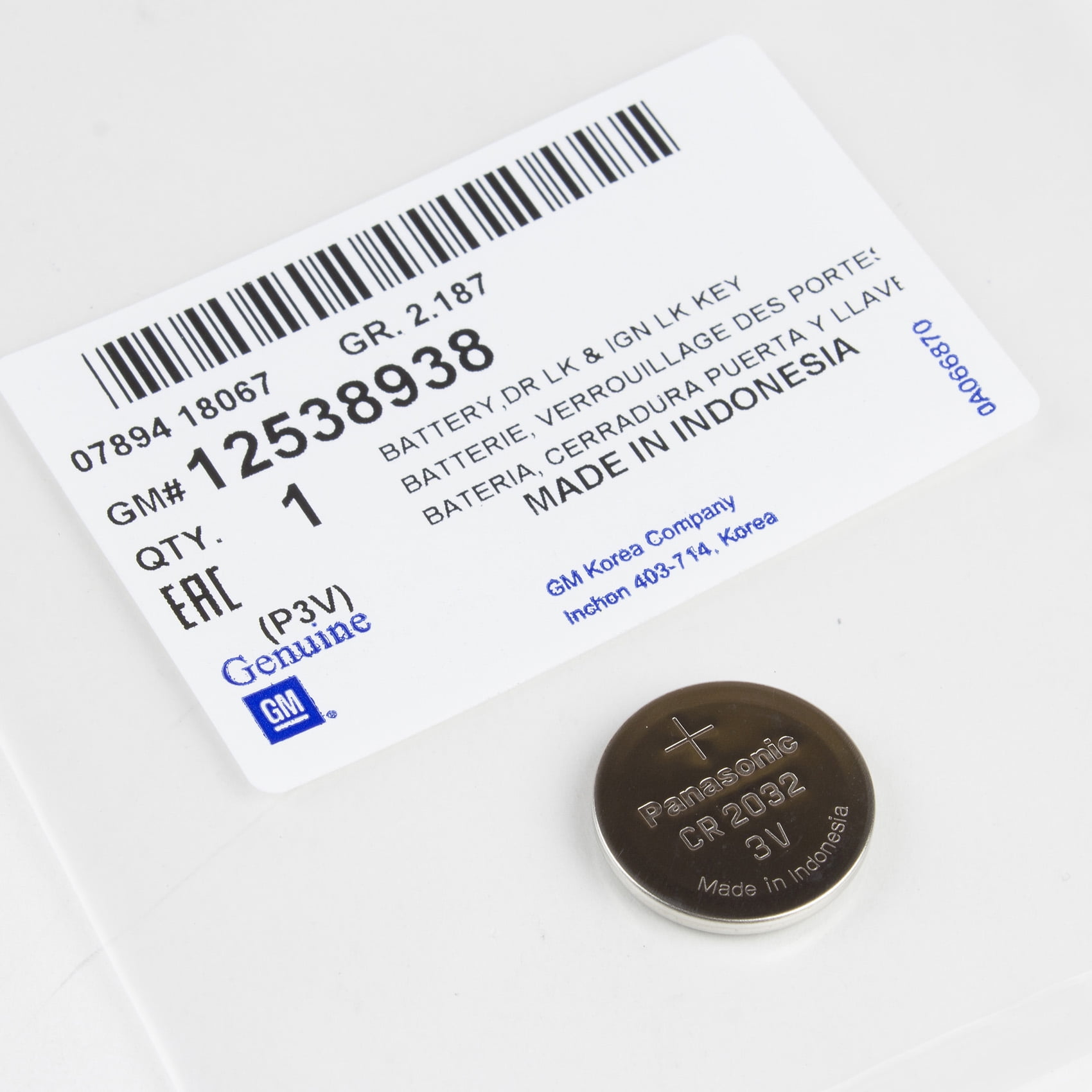
With the increasing complexity of EP procedures and equipment has come increasing sophistication of laboratory processes and greater demands on laboratory personnel. Modern device therapy incorporates multimodal multisite pacing, sophisticated therapies for tachyarrhythmias, and advanced diagnostics. The precise anatomy and physiology of a wide variety of arrhythmias has been elucidated through the development of advanced mapping systems and improvements in ablation catheter technologies. The third generation of interventional cardiac EP has been driven by the success of catheter ablation and advanced device therapy. With increasingly complex procedures being performed in EP laboratories, more space was allocated to new dedicated laboratories and fluoroscopy equipment began to be upgraded to systems commensurate with those used in cardiac catheterization laboratories. Pacemaker implantation was shifting from the domain of surgery to that of cardiac EP. Second-generation EP laboratories developed in the 1980s with the introduction of catheter ablation and cardiac implantable electronic devices (CIEDs) to the electrophysiologist’s armamentarium.

These laboratories were sufficient for diagnostic EP studies and electropharmacological testing.
#Universal generator access door key gillette portable
When a space was dedicated for electrophysiological testing, it was often small, and fluoroscopy was delivered with portable C-arm units. First-generation EP laboratories often shared space with cardiac catheterization laboratories and were typically subordinate to coronary angiographic and hemodynamic procedures. Clinical EP laboratories emerged in the late 1960s, and by the early 1970s, formal fellowships had been established and EP laboratories were taking shape. The field of clinical cardiac electrophysiology (CCEP) has grown from its origin as a field of clinical research for arrhythmogenesis to its present-day incarnation as an important specialty offering advanced therapies for a wide variety of disorders. This document is directed to all health care professionals who design, manage, and/or work in the EP laboratory environment. The final document was approved by the Board of Trustees of the HRS. The sections pertaining to pediatric and adult congenital heart disease were reviewed and approved by the Pediatric and Congenital Electrophysiology Society (PACES), a nonprofit organization dedicated to the treatment of arrhythmia disorders in children and individuals with congenital heart disease (CHD). For cases in which there were divergent opinions on a statement, a vote among writing committee members was taken, and if a two-third majority supported the statement, it was adopted in the document. Therefore, many of the statements in this document are the product of expert consensus by the writing committee and reviewers. Relatively little published literature addresses the EP laboratory environment, staffing, and processes. 1 All members of the writing committee were required to fully disclose all potential conflicts of interest (see Appendix 1). The choice of the writing committee members was in accordance with the HRS Relationships With Industry policy.

The composition of the committee was meant to represent the range of stakeholders in the EP laboratory.

The writing committee was formed by the Scientific and Clinical Documents Committee of the HRS, with approval by the President of the HRS and the HRS Executive Committee. The goal is to provide physicians, administrators, and regulatory personnel with the recommended requirements for building, staffing, and running a modern EP laboratory to optimize patient outcomes, minimize patient risk, and provide a safe and positive environment for physicians and staff. To this end, the Heart Rhythm Society (HRS) convened a multidisciplinary team to review EP laboratory design, ergonomics, personnel, equipment, occupational hazards, and patient safety, as well as clinical and ethical issues related to diagnostic and therapeutic EP procedures. Because of the increasing complexity of equipment and procedures and an ever-expanding knowledge base, it was concluded that the field would benefit from a consensus document that would define the critical components and processes of a modern EP laboratory. The EP field has witnessed rapid expansion in the number of therapeutic procedures treating a wide range of arrhythmias and in the new technologies available to perform these procedures. The modern electrophysiology (EP) laboratory is a complex environment providing an array of interventions for the diagnosis and treatment of heart rhythm disorders and is a result of many transformations over the last three decades.


 0 kommentar(er)
0 kommentar(er)
